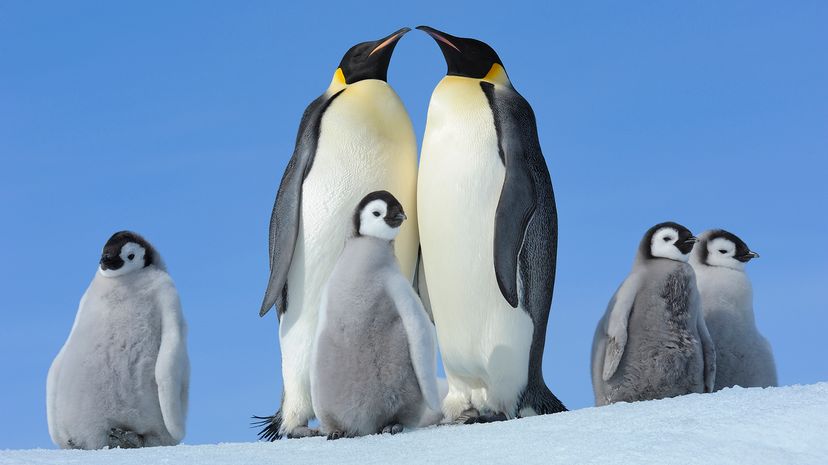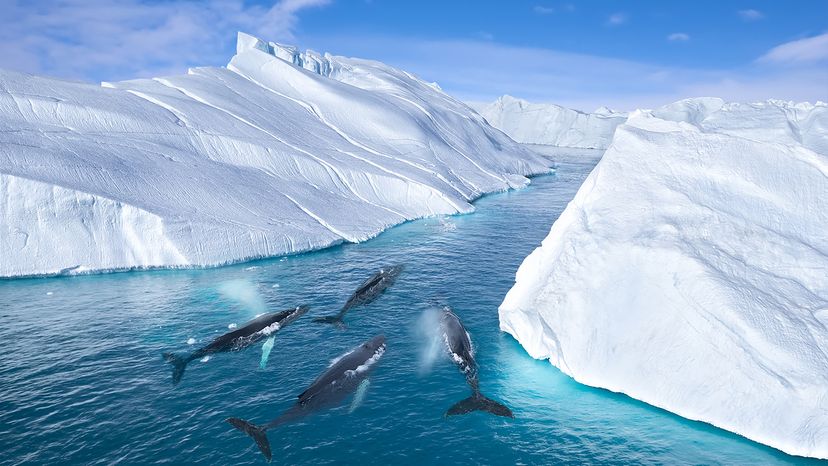
Winter animals have to be resilient to endure cold temperatures and adapt to food scarcity in order to survive in extreme environments.
From seasonal fur coats to hibernation and migration, these creatures showcase a wide range of strategies to cope with winter's harshness.
Advertisement
By exploring the unique adaptations of a few species, we can gain a deeper appreciation for the incredible ways wildlife navigates the coldest season of the year. So, bundle up while we dive into these frosty wonders to discover how they conquer snowy conditions with grace and grit.














